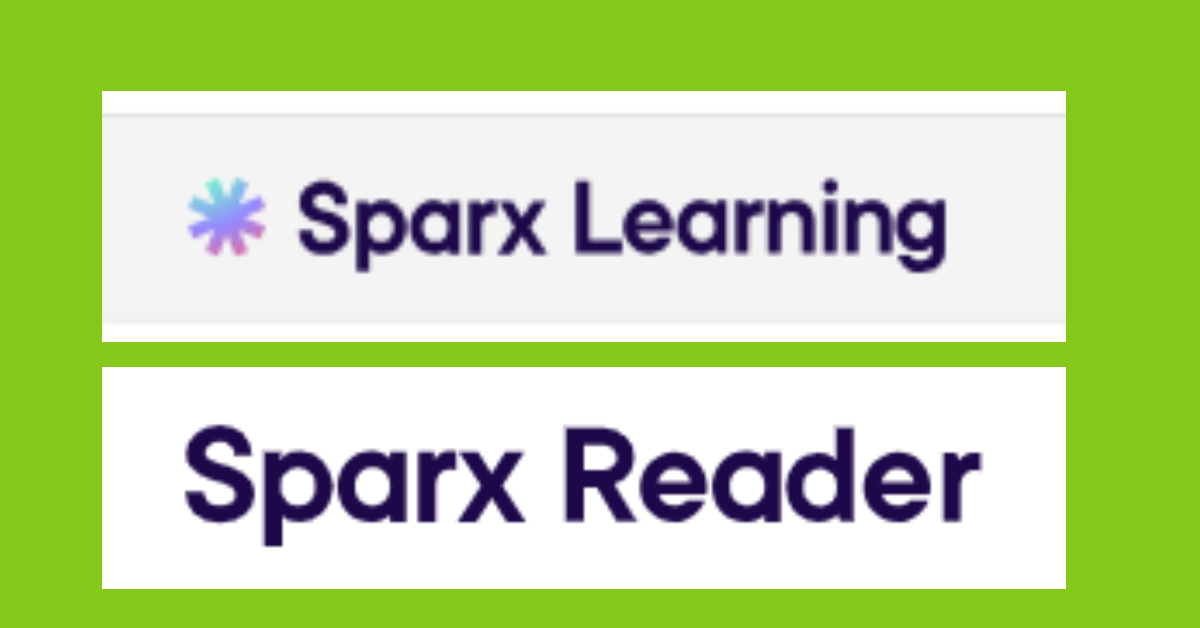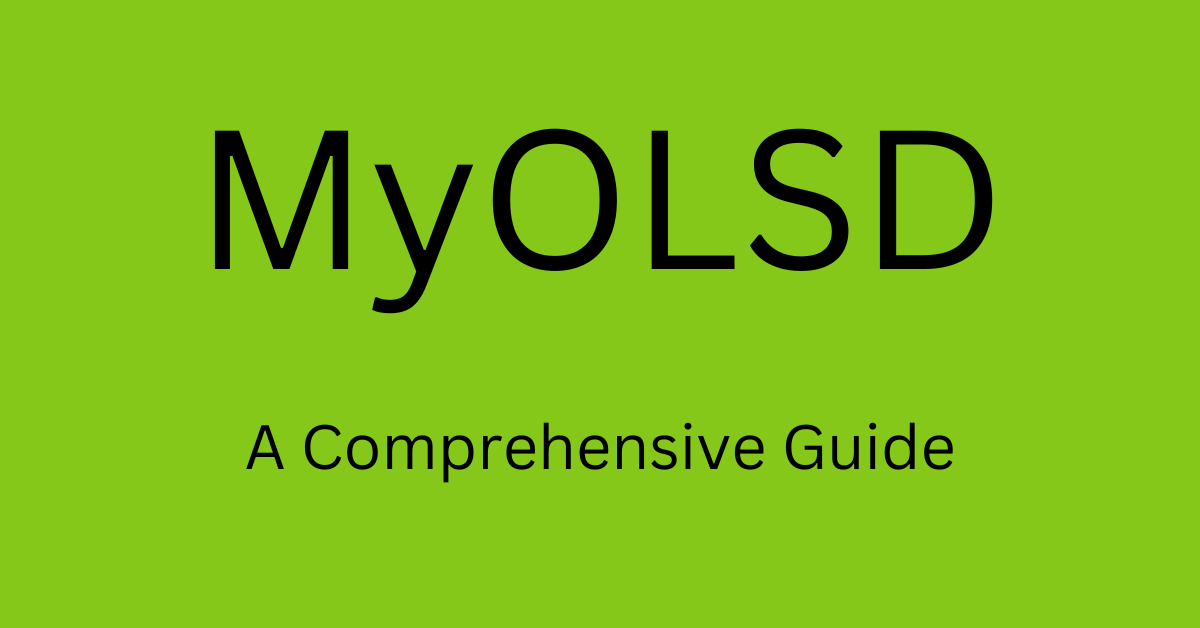Hierarchical Task Analysis: Understanding Its Importance in Task Management

Introduction
Hierarchical Task Analysis (HTA) is a systematic method used to break down complex tasks into manageable components. This technique is especially beneficial in fields such as user experience design, cognitive psychology, and project management. By decomposing tasks into subtasks and their associated goals, HTA provides clarity, enhances efficiency, and supports better decision-making. This article will delve into the principles of HTA, its applications, advantages, and the steps involved in conducting an HTA effectively.
What is Hierarchical Task Analysis?
Hierarchical Task Analysis is a method that organizes tasks into a hierarchical structure, illustrating the relationships between different components of a task. This hierarchy typically starts with a main goal at the top, followed by primary tasks needed to achieve that goal. Each of these tasks can then be further broken down into smaller, more specific subtasks.
Key Components of HTA
- Main Goal: The ultimate objective the analysis aims to achieve.
- Tasks: Major actions required to fulfill the main goal.
- Subtasks: Smaller, specific actions that contribute to completing each task.
- Decision Points: Critical moments where choices must be made, influencing the path taken.
The Importance of HTA
HTA is crucial for various reasons:
- Clarity: It helps clarify complex tasks by breaking them down into understandable segments.
- Efficiency: Identifying subtasks allows for more efficient allocation of resources and time.
- Improved Communication: Provides a visual representation that can enhance understanding among team members.
- Risk Management: By analyzing each task, potential risks can be identified and mitigated early in the process.
Applications of Hierarchical Task Analysis
HTA is widely used across various domains:
1. User Experience (UX) Design
In UX design, HTA helps designers understand user tasks and needs. By breaking down user interactions into smaller components, designers can create more intuitive interfaces that enhance user satisfaction.
2. Training and Education
HTA aids in developing training programs by identifying the specific skills and knowledge required for each task. This structured approach ensures that training is comprehensive and targeted.
3. Project Management
Project managers utilize HTA to plan and execute projects effectively. By outlining tasks and subtasks, project timelines can be established, and responsibilities can be clearly defined.
4. Human Factors Engineering
In this field, HTA helps analyze how humans interact with systems. Understanding the hierarchical structure of tasks can lead to better system designs that accommodate user needs and limitations.
Steps to Conduct Hierarchical Task Analysis
Conducting an HTA involves several key steps:
1. Define the Main Goal
Start by clearly identifying the primary objective of the analysis. This goal should be specific and measurable, providing a clear focus for the subsequent analysis.
2. Identify Primary Tasks
List out the main tasks necessary to achieve the goal. These should represent the major actions that must be performed.
3. Break Down into Subtasks
For each primary task, break it down into smaller subtasks. This step is crucial for understanding the specifics of what needs to be done.
4. Determine Decision Points
Identify any decision points that may arise during the execution of tasks. This helps in understanding potential alternatives and their implications.
5. Create the Hierarchical Structure
Organize the identified tasks and subtasks into a visual hierarchy. This can be done using flowcharts or hierarchical diagrams, making it easy to see the relationships between different components.
6. Review and Refine
After constructing the hierarchy, review it for completeness and accuracy. Engage stakeholders to ensure that all necessary tasks and decision points are accounted for.
Advantages of Hierarchical Task Analysis
HTA offers numerous advantages that enhance its applicability across various fields:
1. Enhanced Understanding
By visualizing tasks in a hierarchical format, stakeholders can better understand the complexity of processes and their interrelations.
2. Improved Planning
HTA facilitates better planning by identifying all necessary components of a task, allowing for more accurate resource allocation and scheduling.
3. Increased Flexibility
The hierarchical structure makes it easier to adapt tasks as project requirements change, ensuring that teams can respond effectively to new challenges.
4. Better Training Outcomes
In educational contexts, HTA can lead to more focused and effective training programs, ensuring learners acquire the necessary skills in a logical order.
Challenges and Limitations of HTA
Despite its benefits, HTA is not without challenges:
1. Complexity of Tasks
For extremely complex tasks, the HTA process can become unwieldy, making it difficult to maintain clarity.
2. Time-Consuming
Creating a detailed HTA can be time-consuming, especially for large projects with numerous tasks and subtasks.
3. Requires Expertise
Effective HTA often requires a deep understanding of the tasks involved, which may necessitate expert input.
Conclusion
Hierarchical Task Analysis is a powerful tool for breaking down complex tasks into manageable components, enhancing understanding, planning, and execution across various fields. While it comes with its challenges, the benefits of clarity, efficiency, and improved communication make HTA a valuable approach for organizations looking to optimize their task management processes. By implementing HTA effectively, teams can navigate the complexities of their projects with greater confidence and success.




